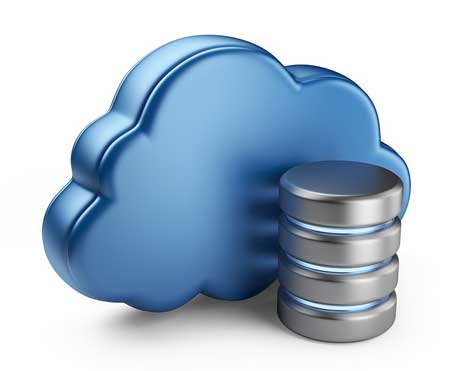Using Storage APIs and Creating the Kinetic Cloud
What =Seagate's approach of opening backend access to its storage systems for applications through open APIs means for cloud infrastructure
December 30, 2014

Recently, Seagate announced a revolutionary way applications are going to communicate with their storage and resource back-end. According to Rocky Pimentel, Seagate executive vice president and chief sales and marketing officer, “With the Seagate Kinetic Open Storage platform, our internal R&D teams have designed an unique, first-of-its-kind storage architecture to enable cheaper, more scalable object storage solutions that free up IT professionals from having to invest in hardware and software they don’t need, while empowering them with the most innovative storage technology available. This technology optimizes storage solutions for a new era of cloud storage systems, while drastically reducing overall costs.”
So what does this all really mean? Well, the reality here is that infrastructure, applications, and the cloud are becoming a lot more intelligent. Just like the modern hypervisor for virtualization, we are trying to eliminate extra resources hops between our workloads and the resources that they utilize. Optimizing that communication – now at an application and cloud layer – actually creates quite a few new types of benefits for your organizations.
Better application performance. Imagine cutting out the proverbial “middle-man” when it comes to storage communication. By incorporating the Kinetic Open Storage platform, applications will be able to manage specific features and capabilities and rapidly implement and deploy in any cloud storage software stack.
Simplified scale-out architecture. Redefining hardware and software capabilities, the platform enables cloud service providers and independent software vendors to optimize scale-out file and object-based storage. This means that new applications can leverage storage on a truly distributed cloud-layer.
Creating the next-generation open source storage platform. This could have gone one of two ways: proprietary or open source. Fortunately, the storage API structure being developed by Seagate will leverage open source technology capable of rapid application-centric deployment. This open source storage API will be able to integrate with a variety of systems on numerous storage platforms.
Optimizing storage and data controls. Beyond what Seagate can do, we are seeing a direct change in how data is processed and controlled within the cloud. The proliferation of big data and mobile computing has changed how data traverses both the data center and cloud. New extensions into OpenStack, CloudStack and other cloud management platforms are creating truy elastic storage designs. Ultimately, this helps both large and small organizations improve how they control and distribute their data.
New use-cases for storage control and delivery. There’s just so much new data out there to manage. In fact, a recent Gartner report indicates that 75% of currently deployed data warehouses will not scale sufficiently to meet new information velocity and complexity of demands by 2016. Without good data control – there’s just no way that corporations are able to deliver the right information, at right time to support enterprise outcomes all of the time. This can become a serious business model issue very quickly. Organizations will be looking at ways they can optimize data control and make their storage environment a lot more agile.
Seagate went on to define their Kinetic Open Storage platform as the first device-based storage platform which enables independent software vendors, cloud service providers, and enterprise customers to optimize scale-out file and object-based storage, delivering lower TCO. Seagate Kinetic Storage comprises storage devices + key/value API + Ethernet connectivity.
This is a good place to pause and understand that modern APIs are the connection point for the cloud.
Many organizations already don’t use only one cloud provider or even platform. More providers are offering generic HTTP and HTTPS API integration to allow their customers greater cloud versatility. Furthermore, cross-platform APIs allow cloud tenants the ability to access resources not just from their primary cloud provider, but from others as well.
The rapid provisioning or de-provisioning of cloud resources is something that an infrastructure API can help with. Furthermore, network configurations and workload (VM) management can also be an area where these APIs are used.
We are already seeing a very rapid change in storage utilization because of cloud and IT consumerization. The steps towards and ever-connected user and IoE is creating a new level of data in the cloud. APIs, open-source platforms, and even bi vendors are making it much easier to integrate storage technologies.
Beyond cool technological advancements, the reality here is that this is the trend for modern applications which need to reside in the cloud. The days of the PC are numbered and the web-enabled device is becoming king. This means that organizations are being driven to become application-centric data center shops. More and more we are seeing that apps hold the keys to a business’s kingdom. Redefining hardware and software capabilities, the platform enables cloud service providers and independent software vendors to optimize scale-out file and object-based storage simply and effectively. This means the future application will have less to communicate with to ensure optimal resource utilization. Besides, most storage systems of the future will probably revolve around flash-based arrays as the spinning disk becomes obsolete.
About the Author(s)
You May Also Like



.jpg?width=700&auto=webp&quality=80&disable=upscale)



